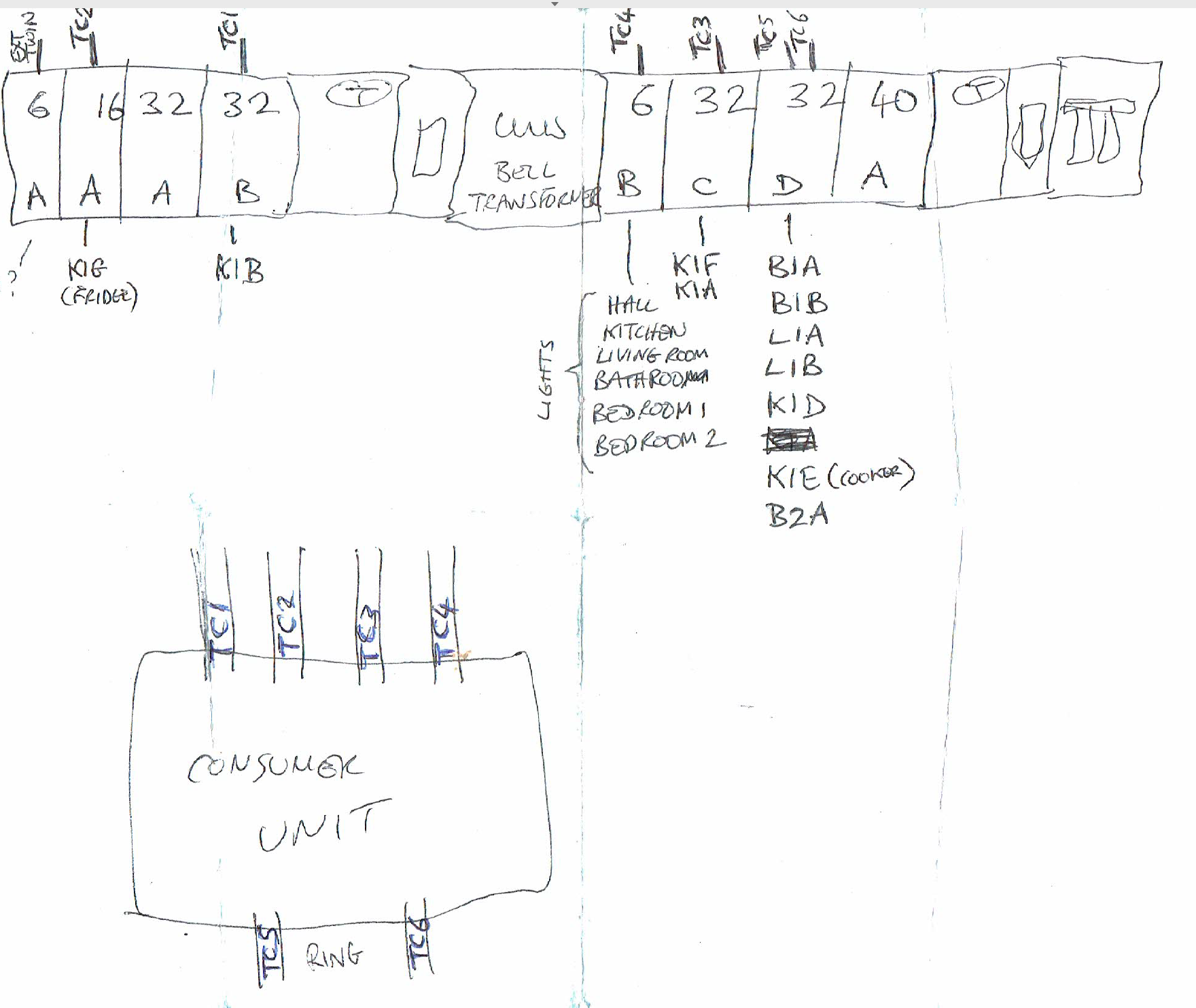Thanks guys I appreciate all your replies, it was what I thought but anyway I need to get it sorted so that its safe for my family and for the next person who lives here once I sell my flat in a year or two time.
Another clue was when he went to cut the conduit with an angle grinder he placed the conduit directly on my carpet and started cutting it, so I gave him a block of wood to put it on so he wouldn't damage my carpet.
You wouldn't believe the way they worked, they threw everything in a great big mess on my carpet, the dust sheet was further away and every time he needed a screwdriver or something they then had to look through the mess to find it.
If I want to put new conduit down for the ring mains rewire job then because my floor boards are only about 5 cm off the concrete floor does the conduit have to be metal to protect the cabling or is plastic ok as protected by a mcb ? as i read in the spec anything less than 5cm has to be protective.
I will post what I found in my kitchen which was done by a previous guy for the previous owner of the flat.
multiple circuits going to the kitchen and all a mess.
Another clue was when he went to cut the conduit with an angle grinder he placed the conduit directly on my carpet and started cutting it, so I gave him a block of wood to put it on so he wouldn't damage my carpet.
You wouldn't believe the way they worked, they threw everything in a great big mess on my carpet, the dust sheet was further away and every time he needed a screwdriver or something they then had to look through the mess to find it.
If I want to put new conduit down for the ring mains rewire job then because my floor boards are only about 5 cm off the concrete floor does the conduit have to be metal to protect the cabling or is plastic ok as protected by a mcb ? as i read in the spec anything less than 5cm has to be protective.
I will post what I found in my kitchen which was done by a previous guy for the previous owner of the flat.
multiple circuits going to the kitchen and all a mess.










